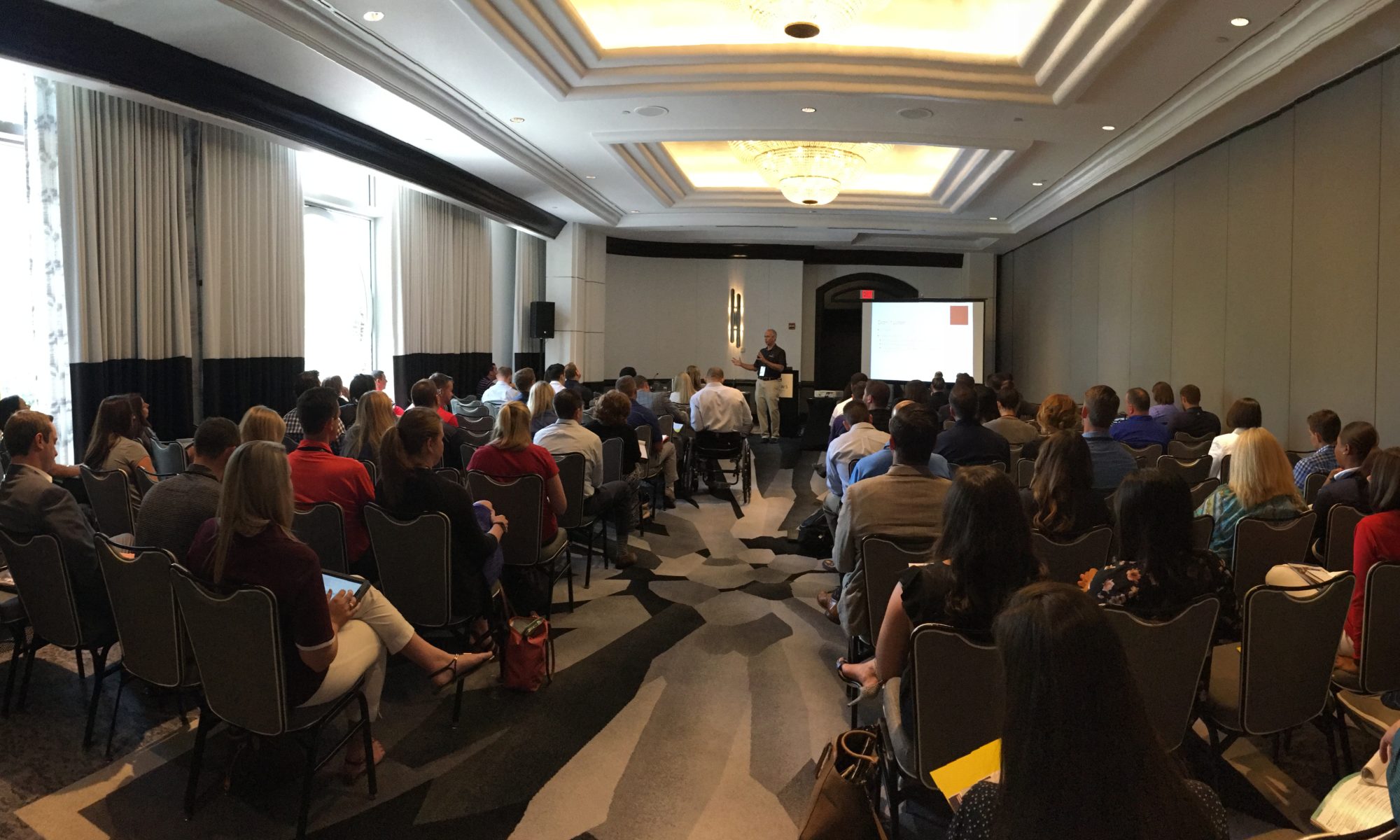
Life is full of detours, delays, and dumb things. All of them bump into our lives. Some of them change the trajectory of our lives. Some things are just annoyances.
A friend and colleague, Kevin Applegate, dropped a pearl of wisdom in my lap many years ago. Kevin is full of it….wisdom that is. I was nursing and rehearsing my frustrations with not being able to do some things at a particular time in the life of a church, and Kevin simply said: “Do what you can. Don’t worry about what you can’t.”
He just let it sit there. I sat back and soaked it up.
In the early Centuries A.D., some monks (I believe it was Monks…could have been the Desert Fathers of the 4th Century……doesn’t really matter) said: “When you don’t know what to do, just do the next right thing.”
It’s a pearl of wisdom I often share with Coaching clients to kick them out of neutral, which in emotional terms is the gear found in frustration. When life feels cut off from the past and uncertain about the future, we can feel paralyzed or stuck.
We might cry out with the Psalmist: “How long, O, Lord? How long?” (Psalm 13; 35:17)
When Moses was leading the Israelites out of Egypt, He experienced a “stuck” moment.
Exodus 14:13-16: “Moses answered the people, “Do not be afraid. Stand firm and you will see the deliverance the Lord will bring you today. The Egyptians you see today you will never see again. 14 The Lord will fight for you; you need only to be still.”
15 Then the Lord said to Moses, “Why are you crying out to me? Tell the Israelites to move on. 16 Raise your staff and stretch out your hand over the sea to divide the water so that the Israelites can go through the sea on dry ground.”
Sometimes we cry out to God in our frustration or fear (or both), and God says – “Move!”
- Do the next right thing.
- Don’t worry about what you can’t do. Do what you can.
- Rather than waiting for God to do something, what can you do now?
Often I find that it’s not until I take a step in the direction I sense from God that I see steps 2, 3, 4, and more. It takes me moving.
We pray for God to work, to solve, to rescue but don’t move ourselves. We’re like Moses saying: “stand firm” and watch God. And God is saying, stop standing there and move.
I speak of “Praise the Pieces of the Process” when Coaching leadership. Once we become clear about our goal in a month, six months, a year or more, then we can work backwards to understand the process.
If I want to run a marathon in a year, then I have to start by working toward running a mile. Or perhaps I need to get the right shoes as a first step.
If I want to bench press 200 lbs, I need to first bench press 100 lbs. A power-lifting world champion friend says it just takes energy and time. I agree. I would add that it takes steps in the right direction.
We often get so wrapped up in the goal that we miss the pieces of the process. We get stuck. If we break down the goal into steps and milestones, concentrating on those, then the goal will take care of itself. Along the way, we win with each step of the process.
To my email list of business and sports clients and potential clients, I am saying: “Use this time to grow your leadership so that you are ready for your next steps.” There are always things we can do.
Applying this idea to our present world circumstances, I’m drawn to a song by Matthew West titled: “Do Something.”
The lyrics in part read:
I woke up this morning
Saw a world full of trouble now, thought
How’d we ever get so far down, and
How’s it ever gonna turn around
So I turned my eyes to Heaven
I thought, “God, why don’t You do something?”
Well, I just couldn’t bear the thought of
People living in poverty
Children sold into slavery
The thought disgusted me
So, I shook my fist at Heaven
Said, “God, why don’t You do something?”
He said, “I did, yeah, I created you”
What is a step you need to take today?
What can you do?
Be blessed to be a blessing

